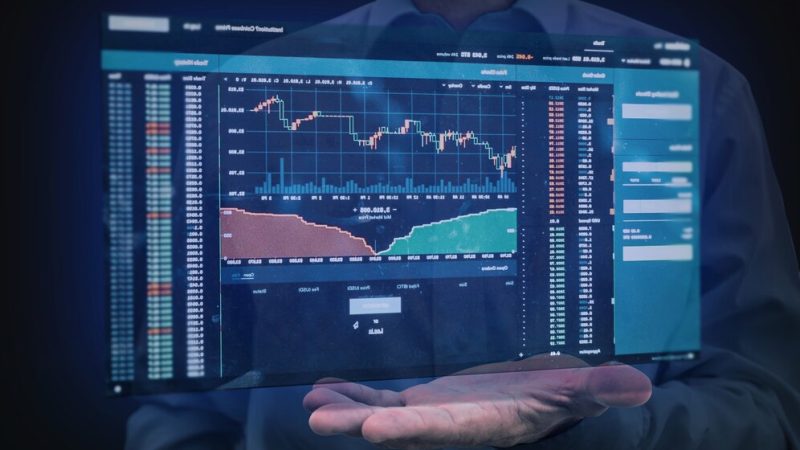The Role of Technology and Data Analytics in Enhancing Due Diligence Processes
In the ever-evolving landscape of mergers and acquisitions (M&A), one constant remains: the importance of due diligence. This meticulous investigation is the cornerstone of successful M&A deals, allowing buyers to assess potential risks and opportunities before making a significant financial commitment.
However, as technology advances, so does how we conduct due diligence. Enter technology and data analytics — the dynamic duo transforming the M&A landscape.
The Traditional Due Diligence Landscape
Traditionally, due diligence involved an arduous and time-consuming process of gathering, reviewing, and analyzing extensive documents and data. Teams of professionals combed through financial records, legal contracts, operational reports, and more, all in an effort to uncover hidden risks and assess the true value of the target company. This process was labor-intensive and prone to human error and oversight.
The Tech Revolution
Today, technology and data analytics have revolutionized how due diligence is conducted. Here’s how.
Data Aggregation and Management
Technology allows for the efficient aggregation and management of vast amounts of data. With the help of specialized software, due diligence teams can streamline the collection of documents and information from various sources. This not only saves time but also reduces the risk of missing crucial data points.
Advanced Analytics
Data analytics tools are becoming increasingly sophisticated, enabling due diligence professionals to analyze data more comprehensively and extract valuable insights. Advanced algorithms can detect anomalies, trends, and patterns within financial statements, contracts, and other critical documents, flagging potential areas of concern.
Predictive Modeling
Predictive modeling is a game-changer in due diligence. By analyzing historical data and using machine learning techniques, acquirers can accurately predict a target company’s future performance. This insight is invaluable for risk assessment and financial planning.
Risk Identification
Technology helps identify and assess risks that may have been previously overlooked. For instance, by leveraging data analytics, due diligence teams can identify cybersecurity vulnerabilities, regulatory compliance issues, and potential litigation risks within the target company.
Enhanced Document Review
Document review is a crucial aspect of due diligence. Technology, such as optical character recognition (OCR) and natural language processing (NLP), can automate the extraction and analysis of information from contracts, legal documents, and other written materials. This not only accelerates the process but also reduces the risk of errors.
Real-Life Examples
To illustrate the impact of technology and data analytics on due diligence, let’s look at a couple of real-life examples.
Improved Risk Assessment
Imagine an acquiring company considering a target in the healthcare industry. Using data analytics, they can assess the target’s historical claims data to identify billing irregularities or potential fraud patterns. This information can inform negotiations and risk mitigation strategies.
Enhanced Financial Projections
In a manufacturing acquisition, predictive modeling can analyze historical production data to forecast future operational costs and identify opportunities for efficiency improvements. These insights enable acquirers to develop more accurate financial projections.
The Human Touch
While technology and data analytics have undoubtedly enhanced due diligence processes, they should complement, not replace, the human element. Experienced professionals bring industry knowledge, intuition, and the ability to interpret nuanced information that technology alone cannot replicate.
Conclusion
The role of technology and data analytics in enhancing due diligence processes cannot be overstated. These tools provide a more efficient, accurate, and comprehensive approach to assessing the risks and opportunities associated with M&A transactions. Embracing technological advancements is not just a choice but a necessity for companies seeking success in the complex world of M&A.






